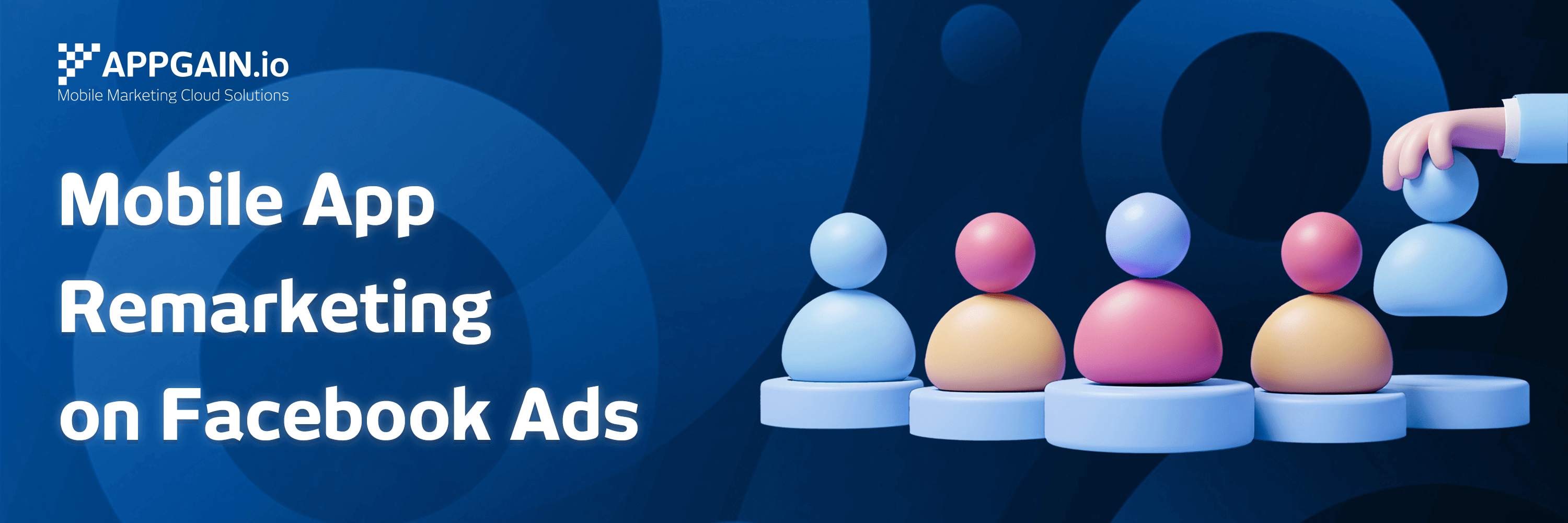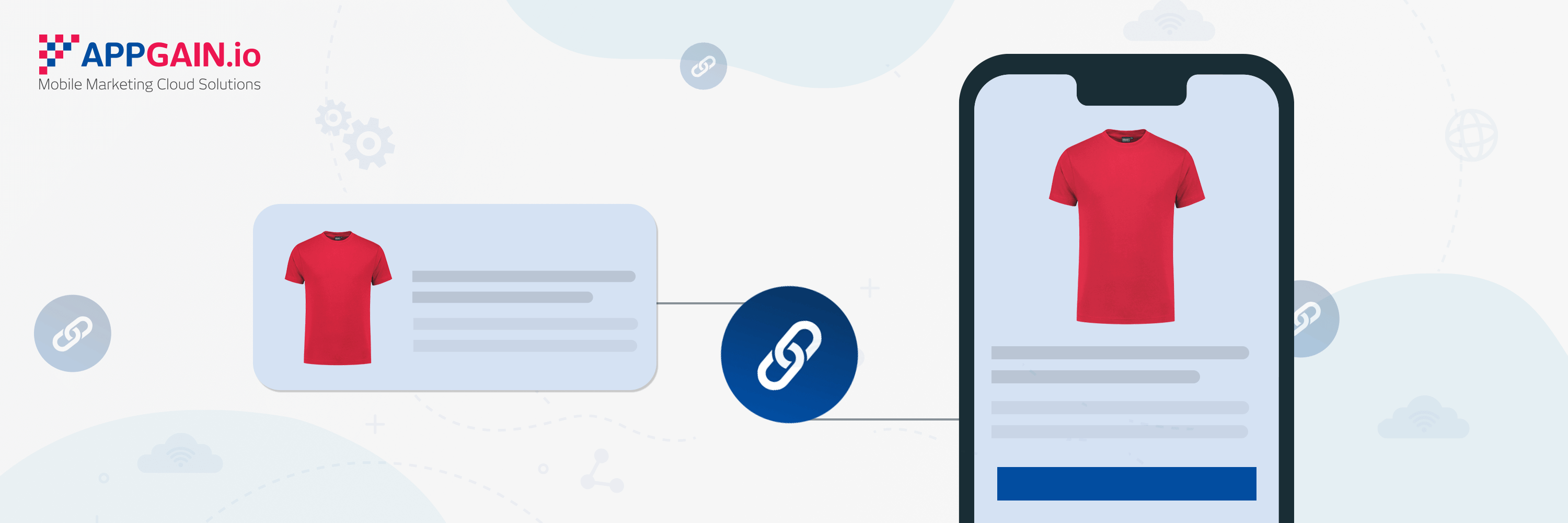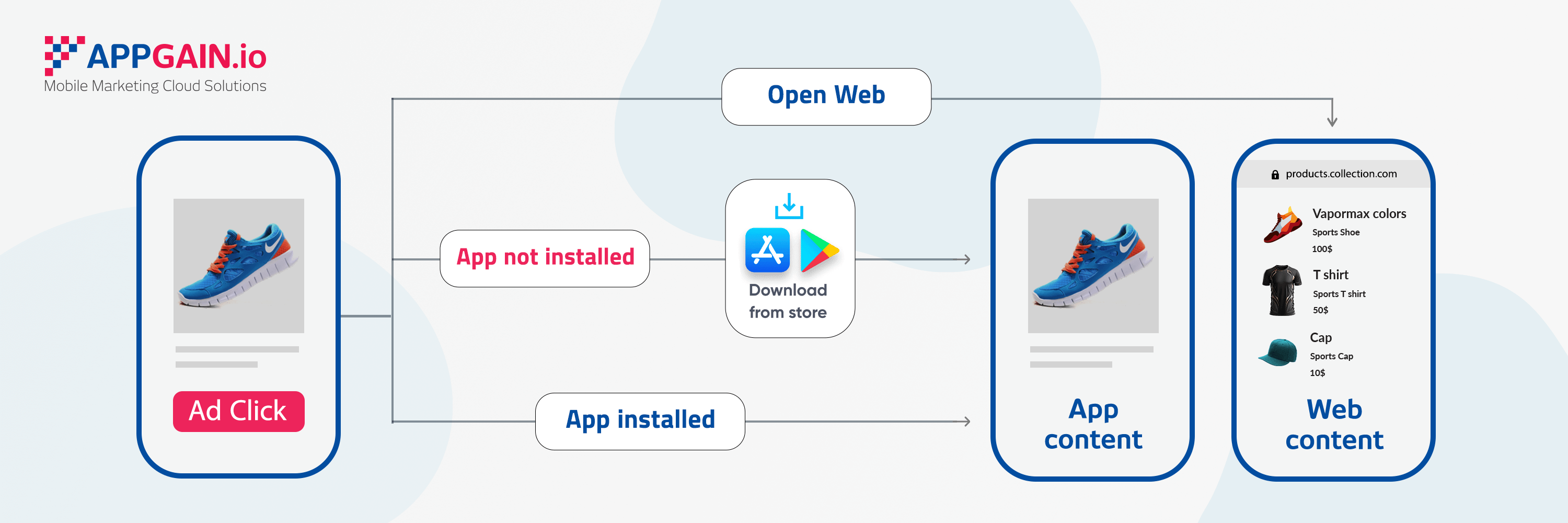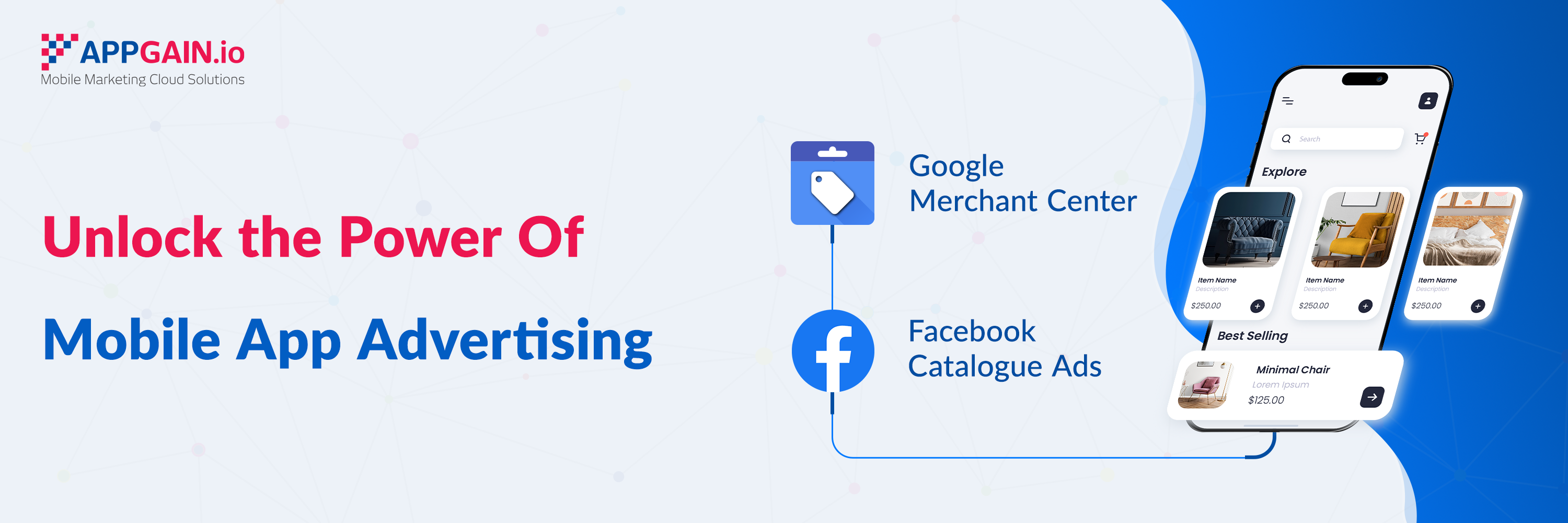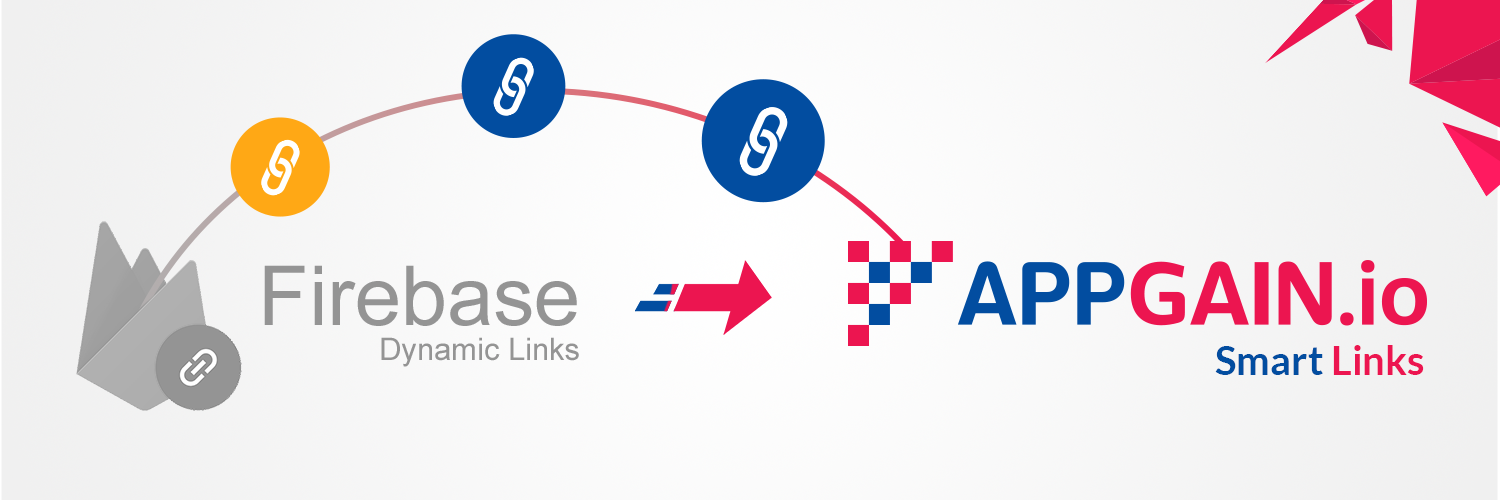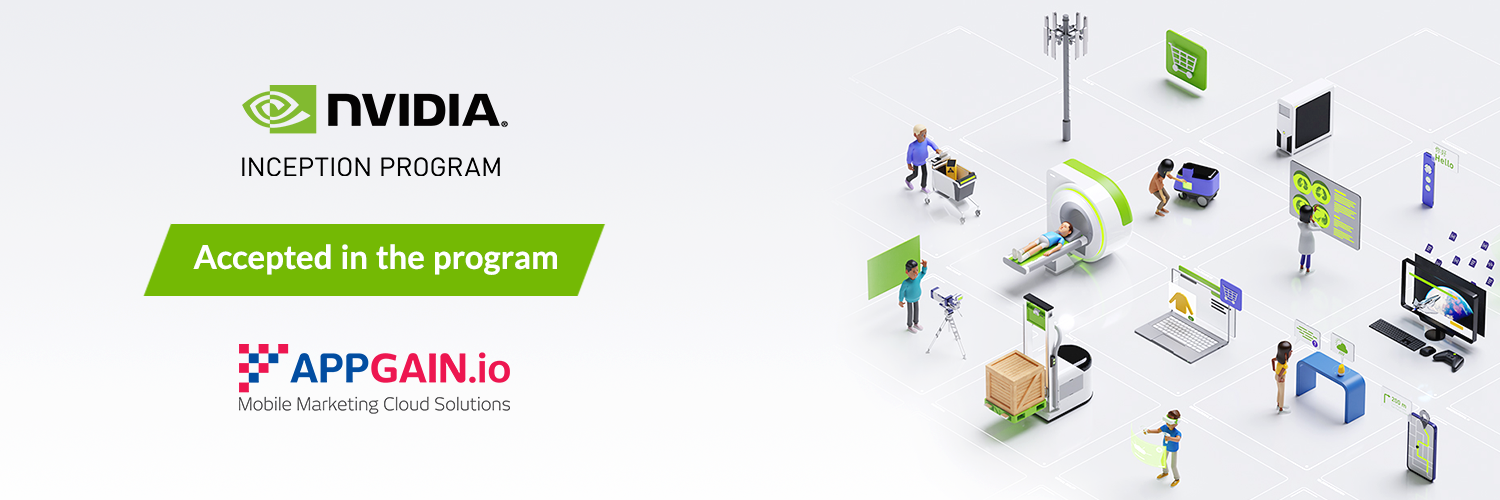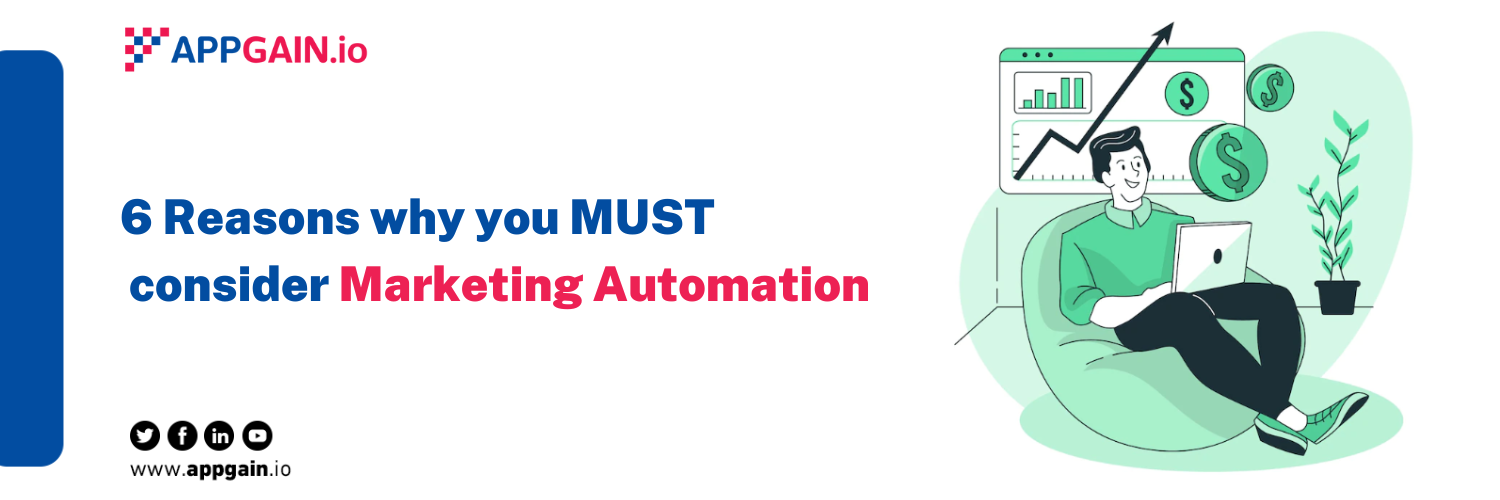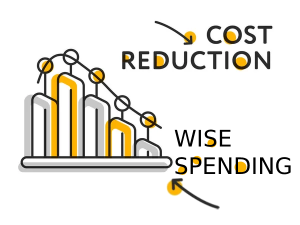?? Maximize Your Advertising Impact with App Segments for Facebook Custom Audience Syncing! ?✨
Did you know that you can supercharge your Facebook advertising strategy by leveraging app segments for custom audience syncing? Let’s explore the benefits!
? Increased Relevance:
App segments allow you to create highly targeted custom audiences based on user behavior within your app. By syncing these segments with Facebook, you can deliver hyper-relevant ads to users who have already engaged with your app, increasing the chances of conversion and engagement.
? Enhanced Conversion Rates:
By reaching out to users who have interacted with your app, you can deliver personalized messages or offers that align with their previous actions. This personalized approach can significantly improve conversion rates and drive valuable actions, such as purchases or app usage.
Read here :Unleashing The Power of Mobile Deep Linking
? Seamless User Journey
With app segment syncing, you can create a seamless experience for your users.
For example, if a user adds items to their cart within your app but doesn’t complete the purchase,
you can retarget them on Facebook with a reminder
or special discount to encourage them to come back and complete their transaction.
? Amplify Retargeting Efforts
Retargeting is a powerful strategy, and by syncing your app segments with Facebook, you can amplify your retargeting efforts. Remind users of products they viewed, offer personalized recommendations, or showcase exclusive promotions to drive re-engagement and increase customer loyalty.
? Enhanced Analytics
By connecting your app segments with Facebook,
you gain deeper insights into the performance of your Facebook campaigns. You can analyze the impact of your ads on specific app segments and measure their contribution to conversions, allowing you to optimize your advertising strategy and allocate resources more effectively.
? How to Get Started:
1️⃣ Define App Segments: Identify specific user behaviors or actions within your app that are valuable for your marketing objectives. For example, segment users based on their in-app purchases, time spent, or specific features used.
2️⃣ Sync with Facebook: Utilize Facebook’s developer tools or app partner platforms to sync your app segments with Facebook’s Custom Audience feature. This ensures seamless data integration and enables you to leverage your app segments for targeted ad campaigns.
3️⃣ Tailor Ads to App Segments: Craft compelling ad creatives, messages, and offers that align with the characteristics and behaviors of each app segment. Leverage Facebook’s ad targeting options to reach your custom audiences effectively.
If you’re interested in exploring app segment syncing or need guidance in implementing this powerful strategy,
feel free to reach out! Let’s connect and discuss how we can optimize your Facebook advertising efforts.
